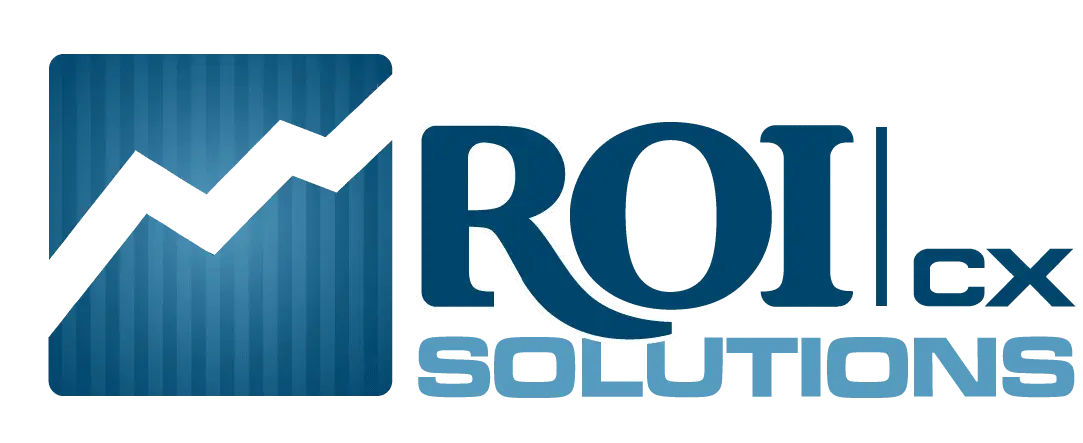Top 10 Customer Acquisition Metrics for B2Cs, Ranked
As a B2C company, you know how important customer acquisition is to your success. You know how important it is to use the right metrics, but are you confident that you’re taking advantage of the best metrics for your business?
How do you measure new customer acquisition for a B2C company? We have all the answers you need. Check out our guide to learn the best metrics to measure acquisition.
What Are Acquisition Metrics?
Metrics are defined as a system or standard of measurement. An Acquisition metric is similar, but is far more specific. An acquisition metric is a system or standard of measurement centered around acquiring something. In these cases, that something is viable customers.
1. Customer Acquisition Cost (CAC)
We all know that it costs more money to bring in new customers than it costs to retain existing ones. So how much does it cost you to acquire a new customer? And what is a good customer acquisition cost for your business? You can answer these questions by calculating customer acquisition cost—a vital metric that helps you improve your marketing efforts and boost overall sales. Here’s how to calculate this metric:
(Total cost of sales + Total cost of marketing) / Total new customers
Looking for acquisition metric examples? Say you spent $400,000 on sales last year, along with $200,000 in marketing campaigns. If this brought in 100 new customers, your CAC would be $6,000. Once you know your CAC, you can work to save your business money by lowering the metric.
2. Customer Lifetime Value (CLTV)
Sometimes a customer will stick around for a couple of years, coming back for more of your product until they don’t need it anymore or move on to another company. So how much money will a consumer bring in during the time they are a customer? You can find out using the customer lifetime value metric, calculated using this equation:
Average sale total x Number of sales over time x Average customer lifespan
Therefore, a customer who spends $1,000 a month over 12 months for 3 years would have a CLTV of $36,000.
3. Churn Rate
No matter how amazing your product is or how loyal your customers are, you’re bound to lose some business along the way. You can’t please everyone all the time, but your goal is to keep those losses as low as possible. Your churn rate is a good indicator of how well you’re doing at retaining long-time customers. Here’s how to calculate churn rate:
Total customers lost in a time period / Total customers at the beginning of the time period
The time period duration is up to you—just make sure it’s consistent. For example, if you lost 50 customers in one month and started with 1,000 customers, your churn rate would be 0.05, which is equal to 5 percent.
4. Order Frequency
Also known as purchase frequency, this number tells you how many times a customer places an order over any given time period. Most B2C companies choose to measure order frequency over the course of one year. Once you know your order frequency, you can get a better idea of the value of any individual customer. Here’s how to figure out this metric:
Total number of orders in one year / Total unique customers in one year
If you have 600,000 orders annually and 450,000 unique customers, your order frequency is 1.33.
5. Conversion Rate
Not every website visitor or in-store customer is going to complete a purchase. They may browse your store or website but leave empty-handed. Your goal is to increase the likelihood of someone making a purchase, joining your email list, or completing whatever action you intend for them to do. You can figure this out by calculating conversion rate:
Number of conversions / Total visitors
Maybe you had 1,000 conversions on a given day, but 5,000 website visitors. In this case, your conversion rate would be 20 percent.
Ready to take your business to the next level? Let our call center experts show you how we've helped organizations just like yours seamlessly scale while lowering costs and increasing efficiencies.
You won't regret it.
6. Average Order Value
Some customers might come to your website to make a small purchase, while others might drop hundreds of dollars all at once. So what’s the value of the average order? This is an important metric because it helps you decide on the best marketing strategy and pricing structure for your products. Boosting average order value will ultimately make your company more profitable, since it’s taking advantage of customers you already have. Here’s the equation for this metric:
Total revenue / Total number of orders
So if you sell $50,000 worth of products across 600 orders in any given time period, your average order value would be $83.33. The higher that number, the better.
7. Referral Source
These days, your customers might be coming from all over the place before they land on your website. So how do you know if they found a link on Facebook or clicked a banner ad? You can track these referral sources by using the power of Google Analytics. This is not a metric that requires a calculation, but it is an essential part of understanding your customer base and honing your marketing strategy.
8. Marketing Percentage of CAC
We’ve discussed acquisition metrics, but what are the other metrics during the acquisition funnel? Now it’s time to dive a little deeper and find out how much of your acquisition cost is spent on marketing. Calculate yours by using this formula:
Marketing spending / (Sales + Marketing spending)
So if you spent $10,000 on marketing last year and made $100,000 in sales, your marketing percentage of CAC would be 0.09, or 9 percent.
9. Loyalty Rate
As we discussed earlier, it costs more money to acquire new customers than it does to retain existing customers. Therefore, building customer loyalty is the ultimate sign of a successful business. Loyal customers are likely to spread the word about your business and act as ambassadors who help build your brand. Here’s how to calculate this metric:
Number of customers who’ve purchased more than four times in a certain time period / Number of unique customers during that same period
Note that depending on your industry, “four” might not be the best frequency to look at. A car dealership would be foolish to expect any customer to purchase four cars within a year, for instance. The point is to be consistent.
But if 88 customers gave you repeat business in a month, and you had a total of 150 customers during the same period, your loyalty rate would come to 0.586, or (after multiplying by 100) 58.6 percent. The higher the percentage for this metric, the better.
10. Shopping Cart Abandonment Rate
The internet is a land full of distractions, and many consumers may come to your website, add something to their cart, then leave the website before completing a purchase. It’s important to know these acquisition metric statistics, as they can show how you might improve the chances of getting customers all the way across the finish line.
Calculate shopping cart abandonment rate with this metric:
Step One: Total completed purchases / Number of shopping carts created = Success rate
Step Two: (1 – Success rate) x 100
You need to follow both steps to find the abandonment rate, since the first step will actually tell you the percentage of people who successfully completed their purchase.
So if you have 86 completed purchases out of 100 shopping carts, that gives us a success rate of 0.86. Subtract that number from 1 for 0.14, which means a 14 percent abandonment rate. The success rate is just another way of looking at the same data.
Acquire New Customers Today
Now that you know the best acquisition metrics for B2Cs, you may be looking for help improving your metrics. Partner with ROI Solutions for expert assistance in acquiring new customers, bringing down churn rates, boosting average order value, and more. We’re experts in customer acquisition and retention, and we’re happy to help take your business to the next level.






